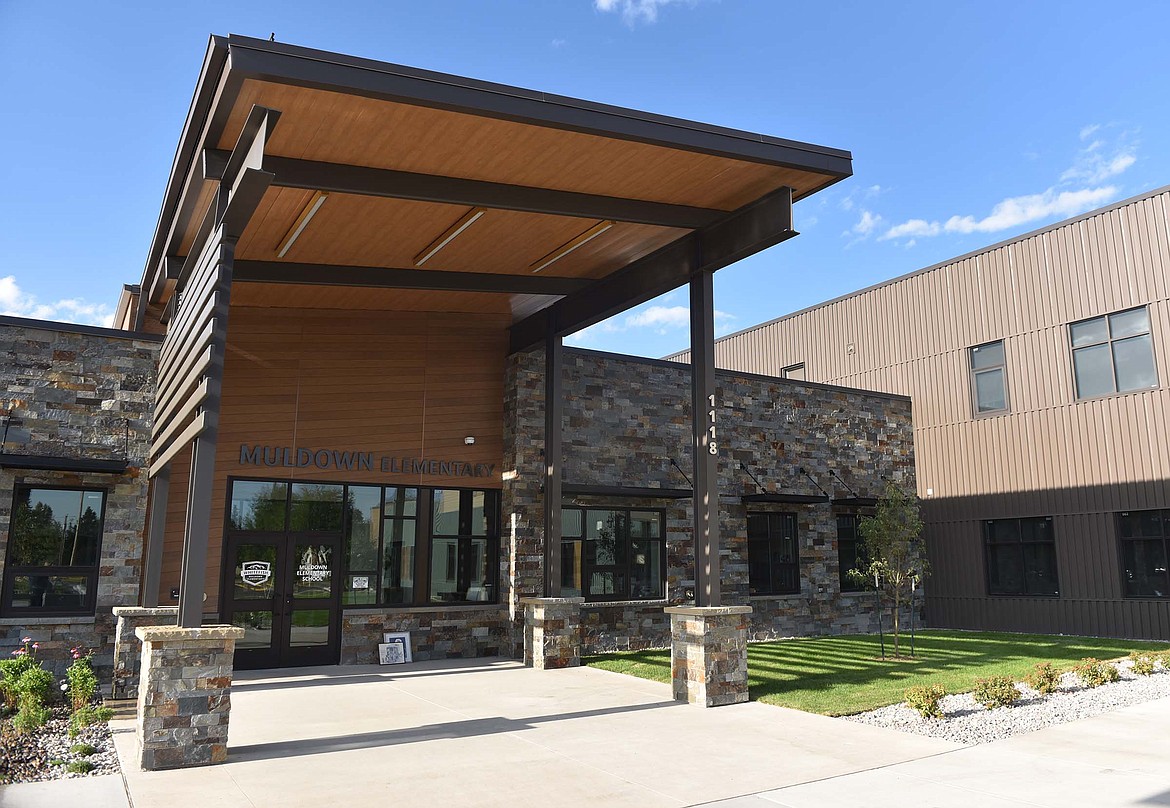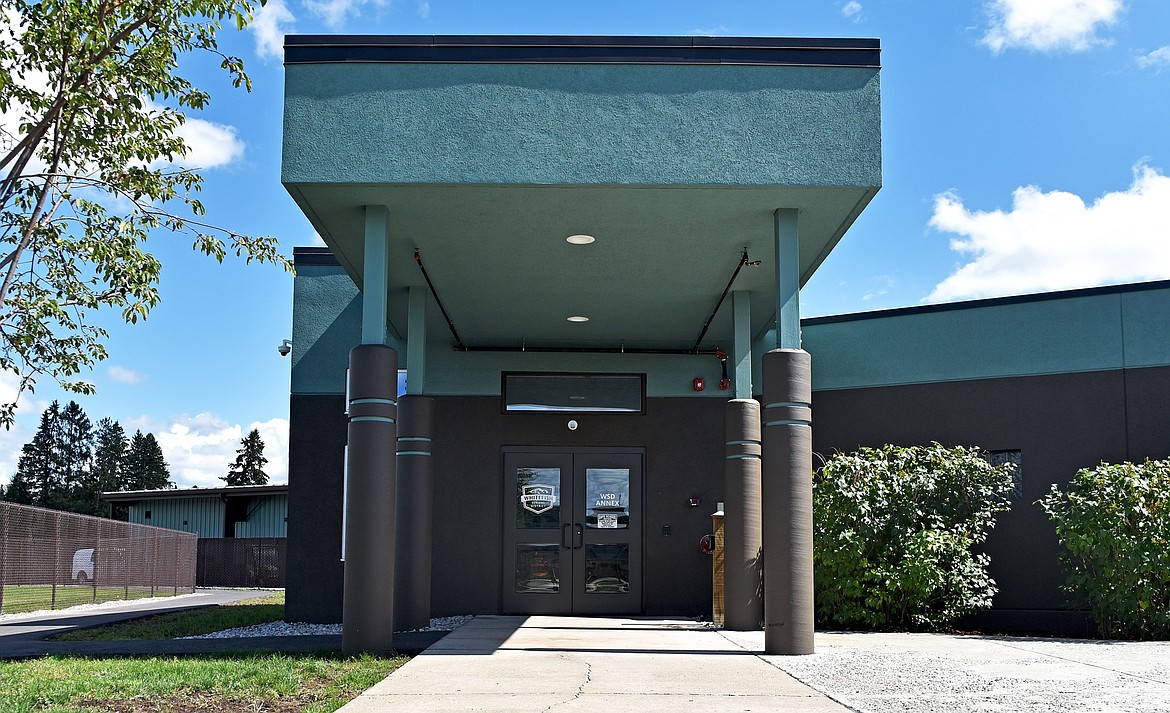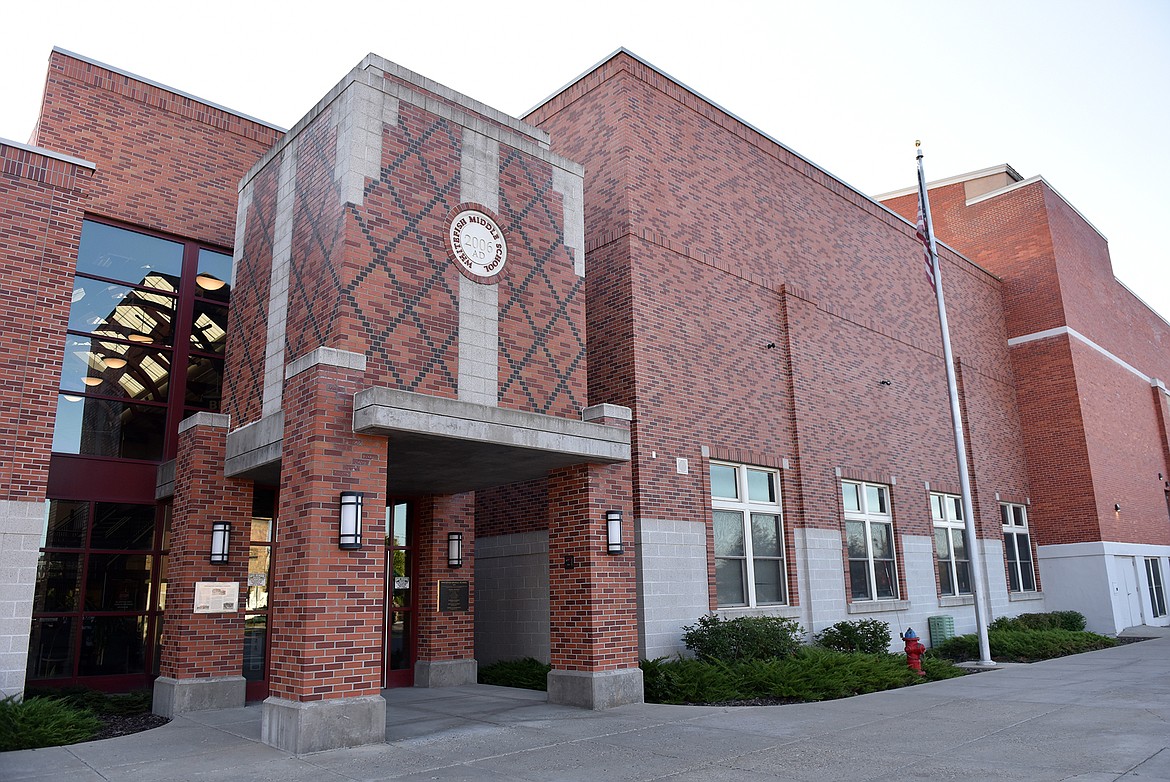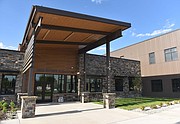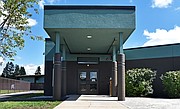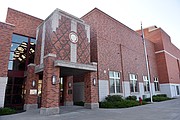WHS building nearing student capacity level, according to district study
The Whitefish High School building is nearing its student capacity level based on current enrollment figures, according to a draft facilities plan being developed by the school district.
District data lists the current enrollment for the high school at 596 and the building’s designated capacity taps out at 600 students. The building will likely be the first priority the Whitefish School Board has to address when dealing with the future of its buildings.
The school district is developing a long range facility plan aimed at guiding decisions made around enrollment and the capacities of the current school buildings. The district hired Darlene Schottle, an education consultant, to lead the development of the facility plan and meet with an advisory committee to discuss recommendations for future growth.
Schottle at a recent school board meeting presented the committee’s findings and suggestions thus far. A final version of the plan is expected to be ready for board approval by late October or November.
“As we all know, we’ve had some very unusual times during the last year and a half, so this is a really good time for your community and this committee to be able to look at all the information,” Schottle told the board. “Then to develop a long range facility plan that would come to the board with some recommendations that you could modify, accept or use into the future.”
Specifically for the capacity issues at the high school, the facility plan will look at what the best process would be to create additional space. Considerations could include expanding the high school building, or considering a new additional building that could act as a technology center or possibly a STEM building, among other options.
“What will happen with that in the near term is probably going to be one of the key issues that your board is going to have to make some determination around,” Schottle said.
The Whitefish Middle School has the most space available as it has a capacity of 850 students and the current enrollment is 579. The committee predicts Muldown Elementary will reach a point of needing extra room by 2025 — current enrollment is at 681 with the building having a designed capacity for 836 students.
The Muldown building opened in the fall of 2020 after voters approved a $26.5 million bond for construction of the building. By staying under budget, funds from the project also built a new maintenance and receiving building, and remodeled a wing of the previous school to complete six extra classrooms in what is now called the WSD Annex. The annex building could accommodate 150 students, according to the district.
Whitefish High School opened in 2014 and an extensive remodel of the Whitefish Middle School building was done in 2006.
In 2018 the Center for Sustainability and Entrepreneurship on the high school campus was built and has a capacity for 60 students.
In the preliminary report, the committee decided to use a 2% projected growth factor to look ahead at potential enrollment growth over the next few years. Although the COVID-19 pandemic caused a spike of families moving from large cities to smaller towns like Whitefish, Schottle says the committee looked at what they consider would be a normal growth pattern versus the uncertainty around the recent increases.
“That’s a very normal growth factor based both upon your history and based upon northwest Montana,” she explained. “Whether that holds true given some of the factors — whether it be Covid-19, the community growing, different things that may impact that — we’ll have to look at that and make adjustments as time goes on.”
WSD Business Director Lucie Shea, who is on the facility advisory committee, added that the group believes the 2% factor will be more accurate for future planning.
“We didn’t really want to follow the spike or the uncertainty that Covid brought, and we could have, but we felt that maybe staying at the 2% is showing a more realistic picture,” Shea said.
But if that 2% growth factor proves to be inaccurate, Schottle explained that the long term facility plan will also show what each school facility’s “trigger point” is — meaning when it reaches a point that expansion of some sort is necessary to accommodate the growing number of students enrolled. And if that situation is reached before the estimated time of needing modifications for a certain facility, the plan will include a list of recommendations for the school board to consider.
Such as if a school hits its trigger point, the facility plan would list the top three options the board could take action on to accommodate more students. Those options could include building a new facility, adding an expansion, reconfiguring grade levels between the elementary and middle schools, looking at the potential for more classrooms in the annex building, and so on.
“One of the important things we’re doing here is we’re presuming that [2% growth factor] but we’re also looking at some trigger points for some schools,” Schottle said. “For example we think the elementary school won’t trigger until 2025, but if we see that it is triggered in 2023 then whatever recommendations that the long range facility plan had in it, we would move that up by a couple of years.”
Using the 2% growth increase, total enrollment throughout the district is predicted to increase from 1,860 in the 2020-21 school year to 1,974 by 2023-24. For comparison, in the 2017-18 school year enrollment for WSD was 1,730 students.
In general Schottle says the school district is in good shape as the community has in the past supported the needs of the growing school population and the buildings are well maintained. But the long range facility plan will keep the district ahead of the curve when it comes to growing enrollment and accommodating more students.
“Your school district, your board members, and your staff have done a very good job of working with the community to let them know what they need to have that’s in the best interest of student programming and student instruction,” Schottle said. “So your buildings are actually in very good condition… but it’s still good to look at how close you are to requiring a look at your school facilities as a whole.”



